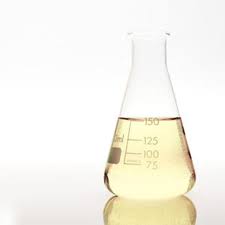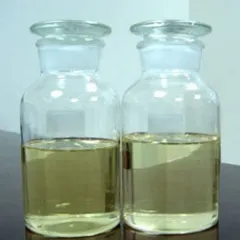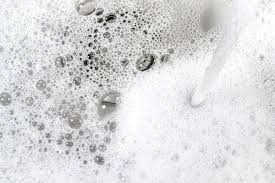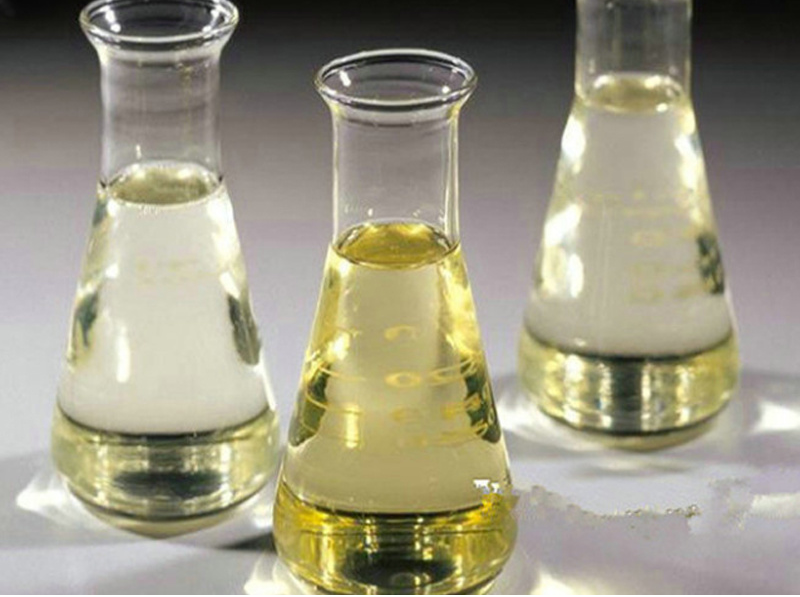**Water’s Secret Helpers: The Magic of Surfactants Revealed!**
(What Does Surfactants Do In Water)
Ever wonder why soap lifts grease off your dishes? How shampoo creates mountains of lather? Why rain soaks into soil instead of beading up? The answer often lies with tiny, powerful molecules called surfactants. They’re water’s behind-the-scenes crew, making the impossible happen. Let’s uncover their secrets.
**1. What Are Surfactants?**
Surfactant is short for “surface-active agent.” These molecules are special. One end loves water. We call this end hydrophilic, meaning “water-loving.” The other end hates water. This end loves oil and grease. We call it hydrophobic, meaning “water-fearing.” This split personality is their superpower.
Think of a surfactant molecule like a tiny magnet with two poles. The water-loving head sticks to water molecules. The oil-loving tail sticks to grease, dirt, or oil. This dual nature lets surfactants act as bridges. They connect water to things water normally refuses to touch. Without them, washing dishes or clothes would be a nightmare. Water alone just rolls off grease.
**2. Why Do Surfactants Work in Water?**
Water is a bit of a snob. It prefers to stick to itself. That’s why water forms droplets on a freshly waxed car. This self-stickiness is called surface tension. Surface tension makes water behave like it has a thin skin. It resists spreading out or mixing with oils.
Surfactants break this tension. They disrupt water’s exclusive club. When you add surfactant to water, its molecules rush to the surface. The hydrophobic tails stick out, away from the water. The hydrophilic heads stay buried in the water. This weakens the bonds between water molecules at the surface. The water’s “skin” gets looser. Water can now spread out and wet things much better. It can finally get close to dirt and grease.
**3. How Do Surfactants Change Water’s Behavior?**
Surfactants do more than just lower surface tension. They enable several key actions:
* **Wetting:** They help water spread easily over surfaces. This is crucial for cleaning fabrics, painting walls evenly, or pesticides coating plant leaves.
* **Emulsification:** They let oil and water mix. Normally, oil floats on water. Surfactants surround tiny oil droplets. The hydrophobic tails point into the oil. The hydrophilic heads face the water. This creates a stable barrier, preventing the oil droplets from merging back together. Think of mayonnaise or creamy lotions.
* **Foaming and Lathering:** Trapping air in water creates bubbles. Surfactants stabilize these bubbles by forming layers around the air. The hydrophobic tails point towards the air inside the bubble. The hydrophilic heads point towards the water outside. This structure makes the bubble last longer. Shampoos and bubble baths rely on this.
* **Detergency (Cleaning):** This is the big one. Surfactants lift dirt and grease off surfaces. The hydrophobic tail buries itself into a grease spot on your plate. The hydrophilic head stays in the water. When you scrub or agitate, the surfactant pulls the grease particle away. It gets surrounded by surfactant molecules, forming an emulsion. The grease is now suspended in the water, ready to be rinsed away.
**4. Where Do We Use Surfactants?**
Surfactants are everywhere! They are fundamental to countless products and processes:
* **Cleaning Products:** This is the largest use. Dish soaps, laundry detergents, hand soaps, household cleaners, and industrial degreasers all contain surfactants. They are the primary cleaning agents.
* **Personal Care:** Shampoos, conditioners, body washes, toothpastes, shaving creams, and makeup removers use surfactants for cleaning, foaming, and emulsifying oils on skin and hair.
* **Cosmetics:** Lotions, creams, foundations, and sunscreens rely on surfactants to blend oil and water components smoothly.
* **Food Industry:** They act as emulsifiers in salad dressings, mayonnaise, ice cream, and baked goods. They help control texture and prevent separation.
* **Agriculture:** Pesticides and herbicides use surfactants to spread evenly over plant leaves and stick to pests or weeds. Fertilizers might use them for better soil penetration.
* **Textiles:** Used in fabric softeners, dyeing processes, and treatments to make fabrics water-repellent or stain-resistant.
* **Paints and Coatings:** Help pigments mix evenly, improve spreading on surfaces, and stabilize the final product.
* **Oil Industry:** Used in drilling fluids and enhanced oil recovery to help mobilize oil trapped in rock formations.
* **Firefighting:** Firefighting foams use surfactants to smother flames by creating a barrier over burning liquids.
**5. Surfactant FAQs**
* **Are all surfactants the same?** No. There are many types, classified by the charge on their water-loving head: anionic (negative charge, common in detergents), cationic (positive charge, used in fabric softeners), nonionic (no charge, gentle, used in many personal care items), and amphoteric (can have either charge, often mild). Each type has different properties and uses.
* **Are surfactants safe?** Most surfactants in household products are safe when used as directed. Regulations ensure this. Some people might find certain surfactants irritating to skin or eyes. Choosing milder surfactants (like many nonionic or amphoteric ones) can help sensitive individuals. Environmental impact varies. Some break down quickly. Others persist longer. Research focuses on creating “greener” surfactants.
* **Do surfactants kill germs?** Not usually by themselves. Their main job is to lift dirt and grease. Many cleaning products combine surfactants with disinfectants or sanitizers that do kill germs. The surfactant helps the disinfectant reach the germs more effectively.
* **Why do some soaps lather more than others?** Different surfactants produce different amounts and types of foam. Anionic surfactants often create abundant, fluffy lather. Nonionic surfactants might produce less foam. Product formulation also plays a big role.
(What Does Surfactants Do In Water)
* **Can surfactants harm the environment?** Yes, potentially. Large amounts entering waterways can harm aquatic life. They can reduce surface tension in rivers or lakes, affecting insects that rely on it. They might also carry other pollutants. Biodegradability is key. Modern surfactants are designed to break down more easily in treatment plants and nature. Using the right amount of product helps minimize impact.
Inquiry us
if you want to want to know more, please feel free to contact us. (nanotrun@yahoo.com)




